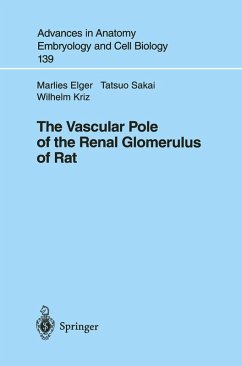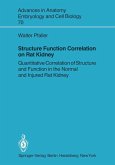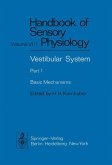Knowledge of the architecture of the renal glomerulus is a prerequisite for understanding both glomerular function and pathology. Glomerular filtration depends on comparably high intracapillary hydrostatic pressures. These high pressures must be balanced by commensurate counterforces to maintain structural integrity. Elevated pressures can damage the glomerulus. The "window" for pressures high enough for effective filtration and yet tolerable to the glomerulus is narrow. Precise regulation is therefore necessary to keep intraglomerular pressure within an appropriate range. This study provides a comprehensive description of the glomerular arterioles, which are the vessels primarily responsible for the regulation of intraglomerular pressures. It thereby describes the structures which may be presumed to generate counterforces needed to assure structural stability. The arterioles are closely associated with the supporting system comprised of the intra- and extraglomerular mesangium. The extraglomerular mesangium forms a spider-like clamp providing a mechanical interconnection of all components of the vascular pole. At the same time, it may act as a tension receptor, i.e. as a sensor of intraglomerular pressures. Due to its intimate relationship to the macula densa, the extraglomerular mesangium receives information on the distal solute delivery and therefore may act as the integrative center within the juxtaglomerular apparatus. The close spatial association between the afferent and efferent arterioles at the vascular pole suggests a direct regulatory interaction between both arterioles. In addition, the specific wall structure of the efferent arteriole exhibiting the features of a shear stress receptor suggests new pathways for feedback regulation of glomerular hemodynamics.
Dieser Download kann aus rechtlichen Gründen nur mit Rechnungsadresse in A, B, BG, CY, CZ, D, DK, EW, E, FIN, F, GR, HR, H, IRL, I, LT, L, LR, M, NL, PL, P, R, S, SLO, SK ausgeliefert werden.









